In 1898 the Merrimack Manufacturing Company, based in Lowell, Massachusetts, began to look for a location to build a cotton spinning mill in the Southern United States. Tracy W. Pratt, a Huntsville businessman who owned the West Huntsville Cotton Mill convinced the company to choose a site southwest of Huntsville. (continued below )
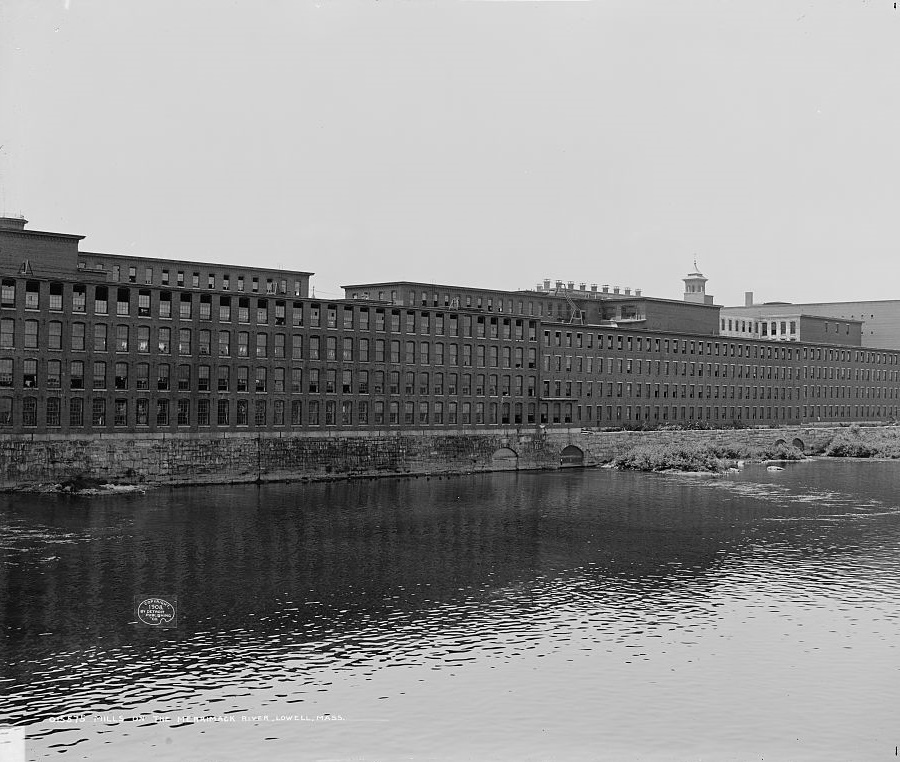 Mill on the Merrimack River, Lowell, Mass. 1908 (Detroit Publishing company – Library of Congress)
Mill on the Merrimack River, Lowell, Mass. 1908 (Detroit Publishing company – Library of Congress)
The Merrimack cotton mill was built in 1900 by the Merrimack Manufacturing Company, and reached a peak of 1,600 employees by 1955. The mill was sold in 1946, and became known as the Huntsville Manufacturing Company. It continue to operated until 1989 and was torn down in 1992.
VINEGAR OF THE FOUR THIEVES: Recipes & curious tips from the past
The original company was built on 1,385 acres near Brahan Spring. The mill produced grey cloth which was finished in Rock Hill, South Carolina. It was powered by steam from a coal boiler until 1920 when it was converted to electricity. A village of about 60 houses was built to house the around 500-750 workers and their family . The village also had a dry goods story, operated by the W. l. Halsey Company.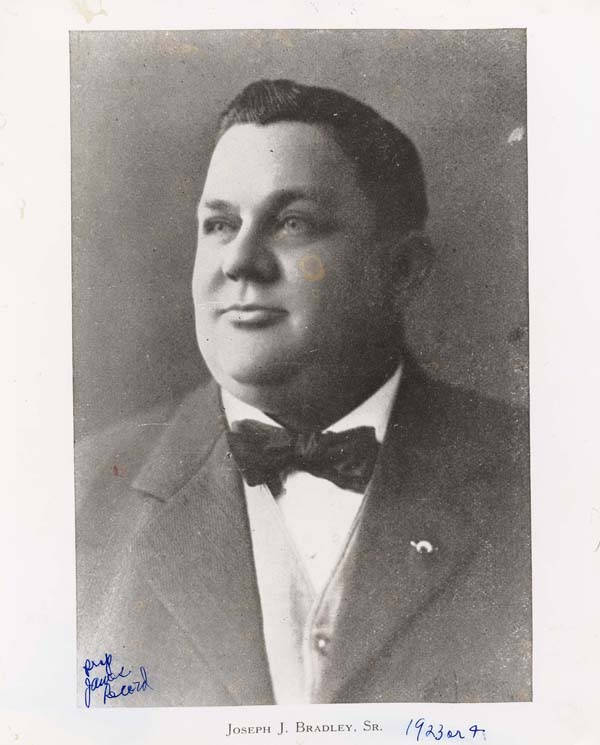 Joseph J. Bradley, Sr. (1868-1922) Pennsylvania born “Big Joe” Bradley was the agent and general manager of Merrimack Mill from 1905 until his death October 26, 1922. He was a community leader and an advocate for his employees. Joe Bradley School was named for him. After his death, his son, Joseph J. Bradley, Jr. became Merrimack’s agent for about 15 years. From James Record Collection (courtesy of Huntsville Library)
Joseph J. Bradley, Sr. (1868-1922) Pennsylvania born “Big Joe” Bradley was the agent and general manager of Merrimack Mill from 1905 until his death October 26, 1922. He was a community leader and an advocate for his employees. Joe Bradley School was named for him. After his death, his son, Joseph J. Bradley, Jr. became Merrimack’s agent for about 15 years. From James Record Collection (courtesy of Huntsville Library)
Did you know that religious persecution occurred in early America? Read about it in this historical series by Alabama author Donna R. Causey
Second Mill constructed in 1904
Merrimack constructed a second mill in 1904 which brought the capacity up to 90,000 spindles and 2,900 looms. Around the same time, Joseph J. Bradley, Sr. was appointed the mill’s agent and began improving services for those who lived in the village. A hospital was opened in one of the houses in 1913 which was replaced in 1919 with a larger brick building named in Bradley’s honor.
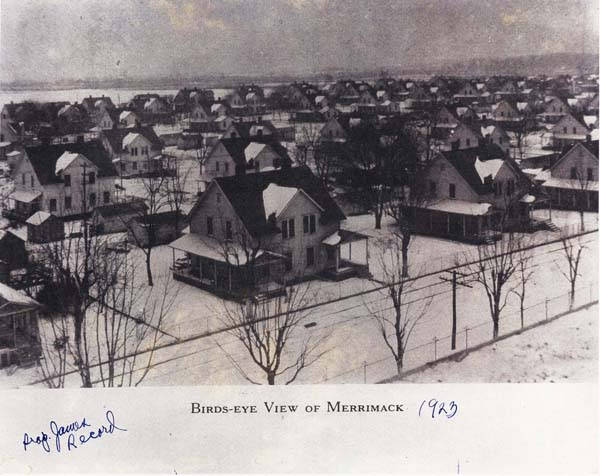 Merrimack Mill Village – birds eye view 1923 from James Record Collection (courtesy of Huntsville Library)
Merrimack Mill Village – birds eye view 1923 from James Record Collection (courtesy of Huntsville Library)
Click here to read more stories like this –
Mill and amenities expanded in 1920
The mill expanded in 1920 with the addition of 30,000 square feet. The mill store also incorporated the old frame structure to include a gymnasium, theater, community rooms and other amenities. Newer houses, wired for electricity were also built.
Going to work at Merrimack Mills in 1913, (Library of Congress)
Financial troubles in the Great Depression
When the Great Depression occurred, the company fell into financial trouble. After the number of employees dropped off to almost half, the Merricmack mill began selling village houses. Labor unions became a presence in the 1930s and violence occurred in Huntsville in 1934 during a strike by the United Textile Workers of America to improve working conditions.
After World War II, business rebounded, but the aging equipment and soft prices, the mill was wold to Lowenstein and Co. of New York City. Lowentstin modernized the mill and expanded to a 24-hour production day. More house were sold to employees and the school was donated to the Madison School District. By 1955, both mill buildings were connected and air-conditioned.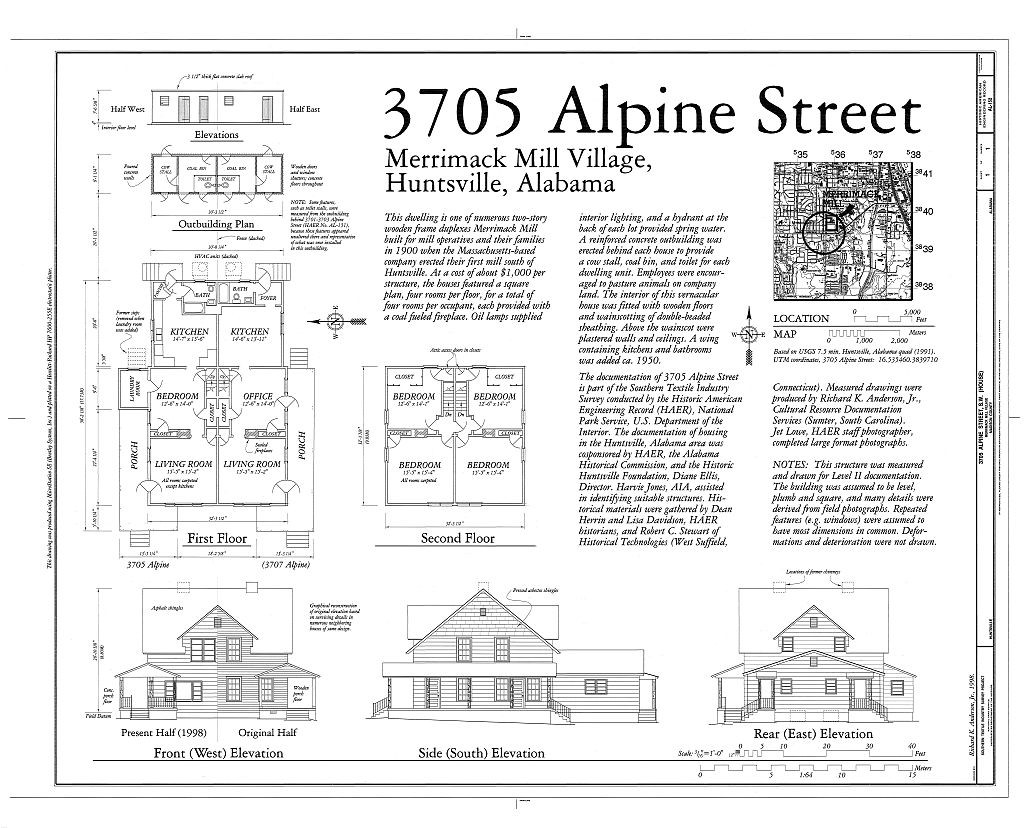 3705 Alpine Street, Merrimack Mill Village, Huntsville, Alabama (Library of Congress)
3705 Alpine Street, Merrimack Mill Village, Huntsville, Alabama (Library of Congress)
Houses in the adjoining mill village were built between 1900 and 1937, and encompass many mill house styles not commonly seen outside New England. Today, most of the nearly 300 structures built for mill workers are simple wood-frame cottages or side-by-side duplexes that can be converted into single-family homes. The district was listed on the National Register of Historic Places in 2010. In 2012, a typical one-story, 1,200-square foot fixer-upper cottage started at around $40,000. A 2,200 square-foot duplex was around $80,000.i
SOURCES
-
- Wikipedia
RIBBON OF LOVE: 2nd edition – A Novel Of Colonial America: Book one in the Tapestry of Love Series
REVIEW: Ribbon of Love was a wonderful love story of Henry and Mary living and struggling to succeed as one of the first families in the colony of Virginia in the 1600s. In addition to the love story, the descriptions of the clothing, home furnishings, personalities, family life, church and community are most intriguing. The exhilarating action and subplots keep the reader in constant anticipation. It is almost impossible to put the book down until completion. – Dr. Don P. Brandon, Retired Professor, Anderson University


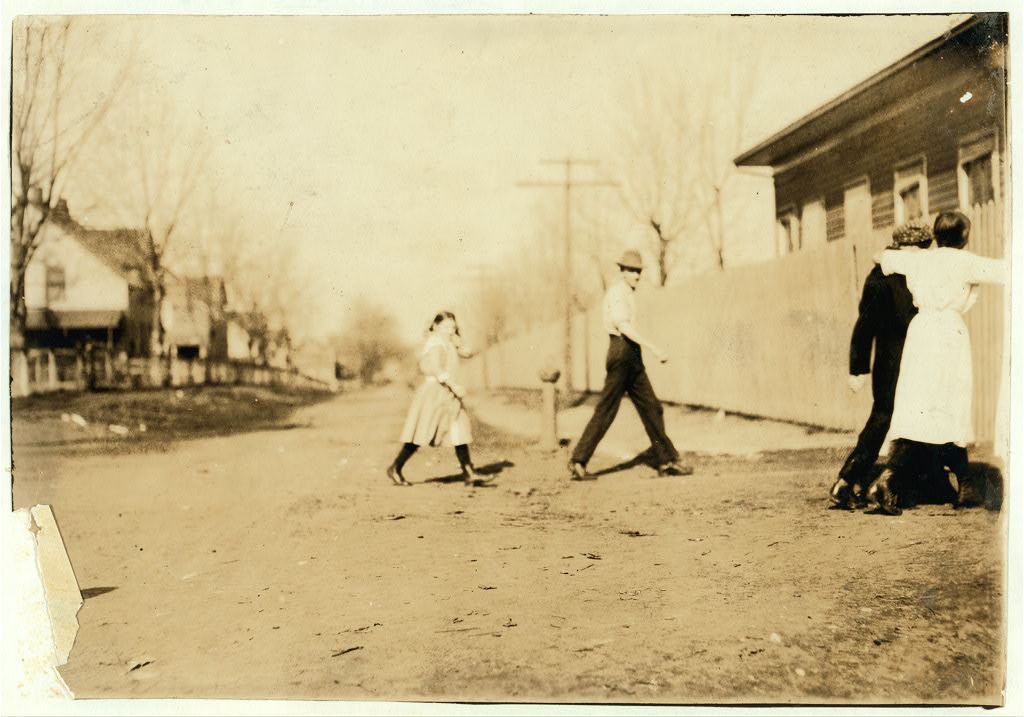
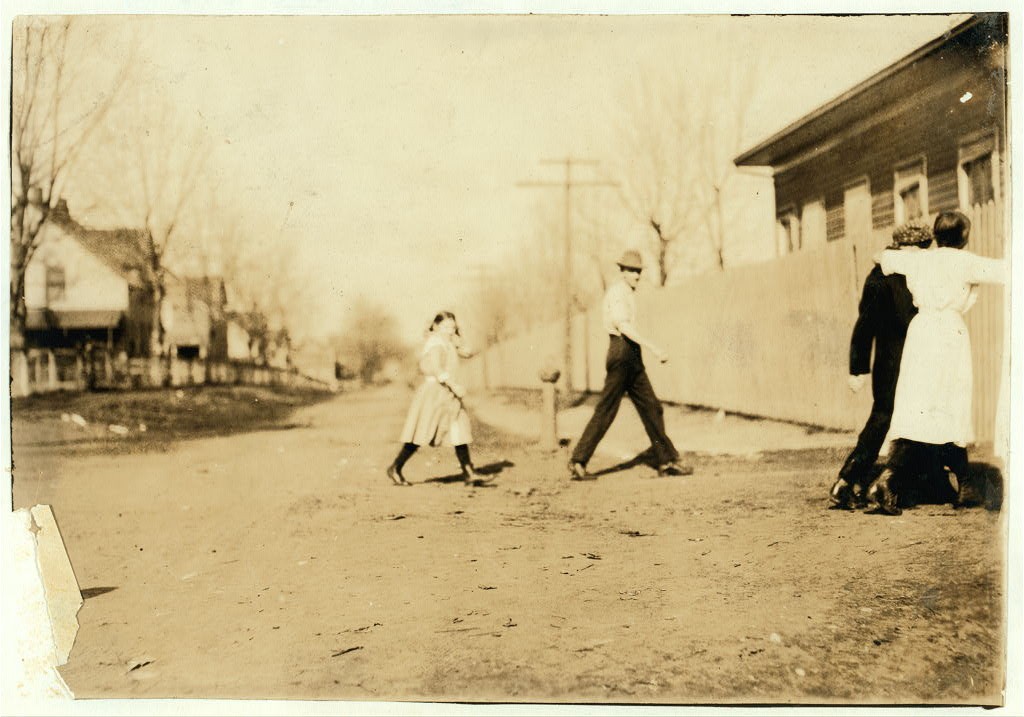
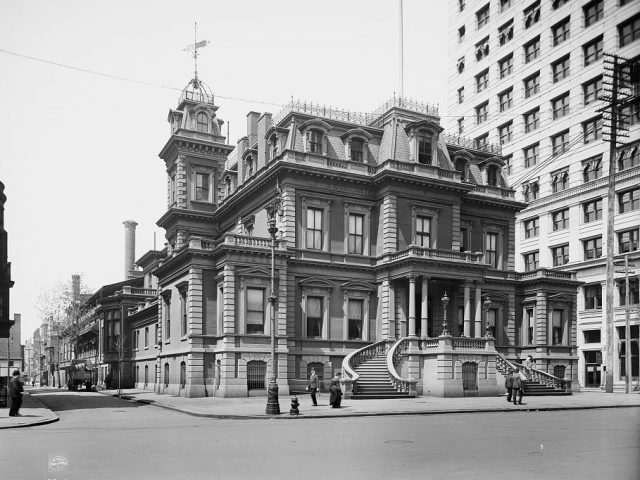
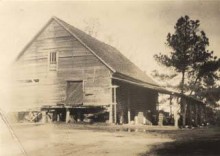

Just about all the mills in Alabama, Georgia, South Carolina & North Carolina were owned by Boston interests that originated in Lowell.
The Merrimack homes are making a comeback in Huntsville in addition to the mill homes near the downtown area. Still got a long way to go. When I was a kid in the 70s we knew to stay out of there. However, off of Triana Blvd there are some really nice homes. I recall my brothers playng basketball in a gym near the new theater. Not sure if that row of buildings had the mill store. Glad this area is making a comeback.
The Mill store os now The Merrimack Hall Performing Arts Center
Thanks for posting! My father was the personnel director for Hsv Manufacturing Company. We lived on ‘boss’ row” down the street on Triana. I spent lots of time there! Very interesting!
Cindy-
I remember your home well! The houses were well-built and had good bones. I’m pleased to see that the various types of housing in the mill village have survived and have a positive future. Too often buildings are destroyed as being “out of fashion”– 1950s Huntsville, AL buildings (Health Department, Hsv Utilities) and the German scientists’ homes (Count & Countess Von Braun, Mr. Reisig). I’m working to restore my grandmother’shouse downtown while it still can be saved. Best wishes, Nancy
Cindy I worked there for about 10 years. I started as a weaver, then loom fixer, then supervisor. Wonder where I could get some pictures during the 70’s of the mill?
Grandparents from both sides worked at this mill. My Mother’s parents were supervisors, whereas my Father’s folks rebelled against the exploitation of the workers and tried to start unions. Their courtship was very Romeo & Juliet.
All my life I heard stories about life in a mill village where every aspect of life was owned or controlled by mill owners. I filled notebooks with vignettes about the company baseball team, long hours worked, company stores, and tuition for school. The writer in me has always wanted wanted to eventually document and honor their struggles.
Now retired, the dream has returned. If anyone out there has information about Merrimack, Bradley High School, and the mill village culture, I would love to hear from you.
Stella Russell
My name is John Masey entire family worked in the mill including myself. Dad worked for 60 years mom 30 years Brother for 15 years and I worked there for 10 years Grandparents on both sides worked many years.I old am looking for some of the old bricks from the mill buildings, can you help? Email [email protected]. Would love to talk to you
I lived in the Merrimack Village from 1942-46. We lived on F St. and C St. I still recall some of my my friends names. I would really enjoy hearing from some of them.
Please reply.
Stella, my aunt and uncle Brown worked there and had one of the houses there, work was awfully hard and hardships were common, if you get a chance get the book “King Cotton” and read Rick Braggs books about life during the cotton mill days….I have a lot of respect for those that had to work under those conditions. I remember the tamalies sold outside the mill by a vendor too. Good luck with your book, there’s a lot to be said for these people, if you have anything, please say it…..they worked under harsh conditions.
You may contact me at [email protected]
Thank You
My grandmother Lorena Beatrice Davis b. 1904 worked at the Lowe Manufacturing Cotton Mill her father John W. Davis lied about her age, so Lorena started work at the age of 9. My grandfather husband of Lorena Issac B. Lambert worked at the Dallas Cotton Mill at the correct age of 12. My 2nd great aunt Jewell Davis worked at the Merrimac Cotton Mill. My grandparents Lorena and Issac raised their children mostly on 10th Ave close to 1st ave. The house was torn down by the city in 1970’s and nothing has been built there since. The railroad tracks in front of the house have been pulled up. I visit the area once in awhile and always have the need to pray over this site.
Donna Lyon
There was a little place in Merrimac Village where my Father ( Ralph Goodman) lived that sold homemade tamales. It was vety well known. I would love to find that tamale recipe, they were wonderful. I think the man’s mame was Chitty Yarbough.
We moved to Merrimack in 1942 from Va. We lived on F St. Later we moved to C St. When we lived on F St’ I recall a person selling tamales. Yes they were great!
As a kid I remember those tamales too ! they were great
Hi, Kitty
My grandparents, mom, dad, uncles and aunts used to roll those tamales for a penny a tamale, and yes, they were delicious. Grandparents were the Holloways; Papa worked at the mill. My mom married Trenton Massey. We lived on the other side. I have been friends with Chitty’s granddaughter Brenda since the day I was born. I doubt if you’ll be able to get the recipe though. One of my aunts has tried for years, but to no avail.
There is lots of crime on and around Triana Blvd now.
Before Dallas Mill was torn down, there was a documentary film made.
My grandparents worked at Dallas Mill and lived in one of the Mill Houses on Halsey
I was born in Huntsville, my mother moved north to Chicago in 1956.
My Aunts and cousins remained in Huntsville, I would visit in the summers.
My Aunt showed me the video, I think it was shown by one of the local TV News.
I would love to see this video and get a copy.
Does anyone know where I get one?
My Grandparents Earnest and Pearl May Johnson worked and lived there on A Street through the early 1900’s and all the way up into the 40’s raising 6 kids (1 boy, 5 girls): Ruby (my mom), Barney, Lilly, Nelly, Estelle, and Margaret.
All went to school and worked at the mill there on and off until they got married and moved on, except for their parents Earnest and Pearl May who still had a house there.
I flew in and then drove there recently, to see the place for the first time and found Pearl May’s grave marker in the old cemetery there, but not Earnest’s.
I’m currently writing a novel which includes them and their six kids during this time of their lives, so if anyone happens to know of them or anything about them from your perspective, I would love to receive whatever information you have! Thanks!
I had my brother just a few months ago, looking for Pearl’s gravesite. He left the cemetery before I could tell him “Row S” My Grandfather was Hugh Robert Johnson and the first Son born to William E & Mattie Johnson. He and Pearl were about 2 years apart in age. Hugh met Bernice V Fann (my Grandmother) who lived next door to Ernest & Pearl in 1920. They married in 1921. Found you once on Ancestry.com but it had been a couple of years since you last signed on. Been researching our Johnson line for about 3 years now and would love to speak with you. Hoping you find time to send me a reply
Planning the 100th anniversary death, of our Great Grandfather William E Johnson, on March 7,, 2020, in Huntsville Alabama
J Johnson
David